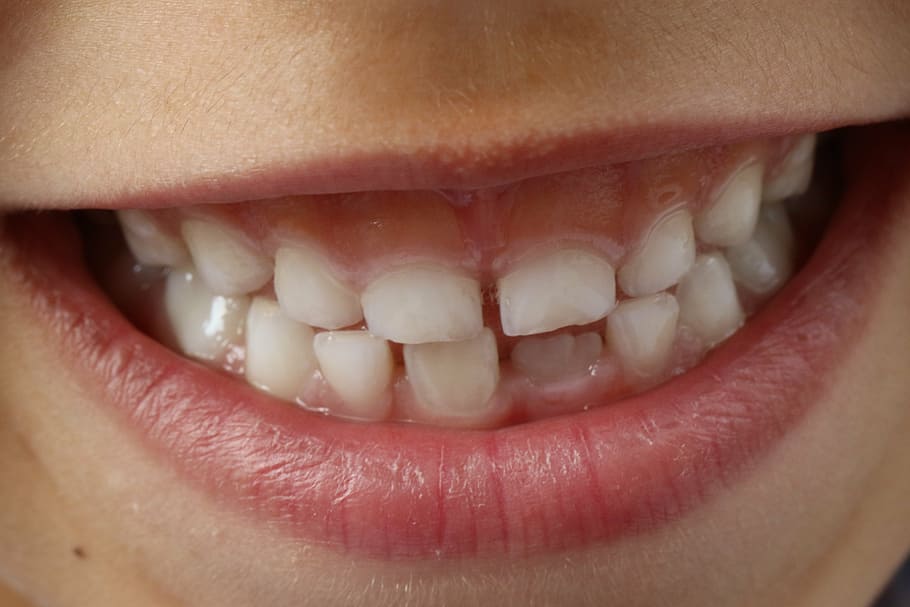Have you ever wondered if baking soda whitens your teeth? Well, my name is D. Orutova and I am a dental assistant at NOVA.
I am here to let you know it will happen. If you use it regularly, say it every other day or once a week, what it will actually do is baking soda.
I Don't Want To Spend This Much Time On Does Baking Soda Work Well As A Teeth Whitener?. How About You?
You have to mix it with water. You put some baking soda in a cup and mix it with water. You want it to be 50/50 percent consistency and it should be.
Once you've mixed it, mix it as a paste consistency and dip your toothbrush in and brush your teeth with it.
What the baking soda does is that the active ingredient in it starts to eat away at the stain on your teeth, and it's a great way to whiten your teeth at home because you can really do that.
If you brush your teeth with it, you can really focus on getting into the cracks of your teeth and in between.
This gives you a nice even overview of a nice bright white smile
Like I said, you want to do it at least once or twice a week, every other day, and then brush your teeth with it for about one to two minutes, and then hopefully you can achieve that gorgeous, bright white smile you want to get.
I just explained how baking soda can whiten your teeth.
Many people ask me how to whiten their teeth. Teeth are colored with time for various reasons - coffee, tea, red wine, and tobacco are the main villains.
It contains chromogenic, intensely pigmented molecules that can adhere to the tooth enamel and cause superficial stains, also known as extrinsic stains.
Thinking About Does Baking Soda Work Well As A Teeth Whitener?? 8 Reasons Why It's Time To Stop!
Surface stains can be removed with a whitening toothpaste with mild abrasive or silica cleansers to gently scrub the enamel on the outside of the tooth.
But beneath that hard enamel is a softer, more porous area called dentin that can stop sticky, deeper intrinsic stains. Dentine also darkens as we age.
These deeper stains require peroxide bleach to remove them. Common teeth whiteners are hydrogen peroxide and urea peroxide.
Urea peroxide becomes hydrogen peroxide when applied to the teeth and then works the same. How it works: Hydrogen peroxide acts as a strong oxidizing bleach that hits and breaks down chromogens into smaller, less colored, diffuse molecules. It is that simple.
This is the fastest way to get through a deep intrinsic stain. Teeth can be bleached both at a dentist and at home with safe concentrations of hydrogen or urea peroxide.
The bleach used by your dentist's office is in a higher concentration and uses it for a shorter time than home products, but both are safe and effective for teeth whitening. Your dentist will form a tray to apply the solution.
Non-prescription bleaches come with molded bowls that don't fit. Another method is bleaching strips - the same idea with hydrogen peroxide, but without bowls.
Some people who use teeth whitening products experience tooth sensitivity caused by the peroxide reaching the nerve through the dentin. In most cases, the sensitivity is only temporary and you can delay treatment and then try again.
However, overuse can damage the enamel or irritate the gums, so you should follow the directions. Teeth whitening works for most adults at any age, but it doesn't work on shells, veneers, crowns, or white fillings.
Tooth decay can also be caused by dental conditions, antibiotics, or dental injuries. In these cases, teeth whitening doesn't work well at all, so you should talk to your dentist before you start whitening.





0 Comments